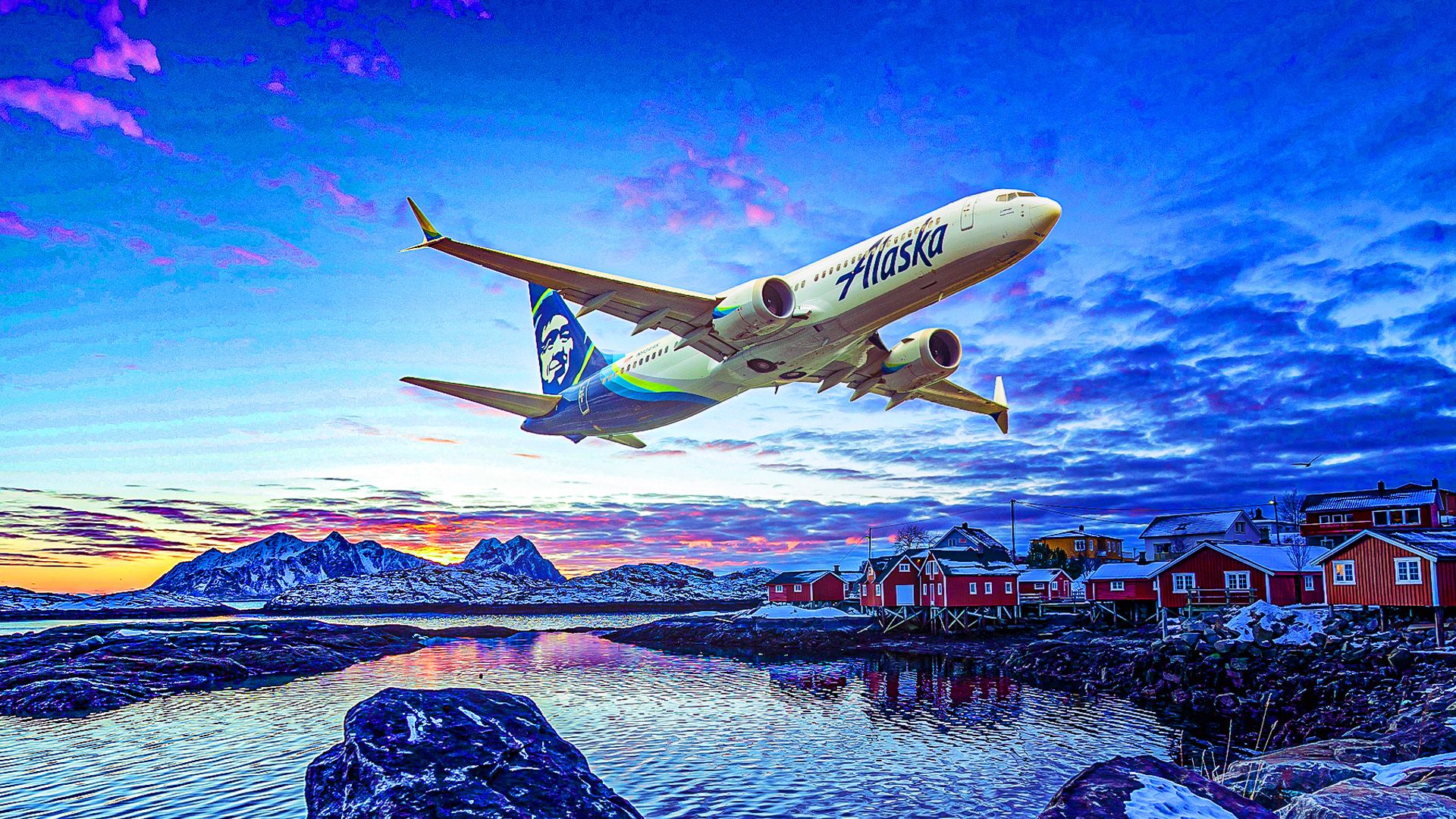Alaska Airlines has made headlines this week by achieving a significant milestone in its operations while simultaneously grappling with IT challenges. The airline received a Single Operating Certificate from the Federal Aviation Administration (FAA) as part of its ongoing integration with Hawaiian Airlines. This achievement comes amid the airline’s third information technology outage this year, which has reportedly cost the company millions.
As of 2025, Alaska Airlines focuses primarily on the Boeing 737 family for its mainline operations. The carrier retired its last ex-Virgin America Airbus A320 series jets in October 2023, marking a clear shift in its fleet strategy. In addition to its mainline aircraft, regional partners operate Embraer E-Jets to serve smaller airports.
Current Fleet Overview
According to fleet data from ch-aviation, Alaska Airlines currently operates a total of 244 mainline aircraft. Among these, 90 belong to the Boeing 737 MAX family, with 10 being the popular MAX 8 variant. These aircraft are relatively new, averaging just 0.9 years old. The airline has plans to enhance its mainline fleet further, with an additional 10 MAX 8s on order. Depending on the configuration, these planes offer either 12 first class and 147 economy seats or 16 first class and 145 economy seats.
Alaska Airlines also operates 80 737 MAX 9s, with an average age of 3.1 years and a seating arrangement of 16 first class and 162 economy seats. Looking ahead, the airline has placed orders for 63 737 MAX 10s. CEO Ben Minicucci commented in 2022, “We’re proud of the strong financial foundation that uniquely positions Alaska Airlines to make this commitment to our future, and of the fantastic partnership we share with our hometown aircraft manufacturer at Boeing.”
Older Generations and Regional Operations
The Boeing 737NG series, although an older generation compared to the MAX, still plays a crucial role in Alaska Airlines’ operations. The airline operates 11 737-700s, which are 25.6 years old and have a capacity of 124 seats. Additionally, Alaska Airlines utilizes three cargo-carrying 737-700 (BDSF) jets.
The airline’s fleet also includes 59 passenger versions of the 737-800 model, averaging 17.6 years old. These aircraft generally have between 12 and 16 first class seats and 145 to 150 economy seats. Alaska Airlines operates two cargo-carrying 737-800 (BCF) freighter jets as well. Furthermore, the airline’s largest 737NG aircraft are its 79 737-900ERs, which have an average age of 9.8 years and feature a two-class layout of 174 seats.
Alaska Airlines also has a regional subsidiary, Horizon Air, based in Seattle. This carrier exclusively operates Embraer E175 regional twinjets, which provide vital feeder services for Alaska Airlines. Fleet data indicates that Horizon Air currently has 47 E175s and has ordered three additional units. These aircraft average 5.5 years old and have a seating configuration of 12 first class and 64 economy seats, adhering to a scope clause that limits regional aircraft capacity to 76 seats.
As Alaska Airlines navigates both operational milestones and challenges, its focus on modernizing its fleet with the Boeing 737 family positions it for future growth. The airline’s commitment to its strategic partnerships and fleet enhancement reflects a robust plan moving forward in an evolving aviation landscape.
